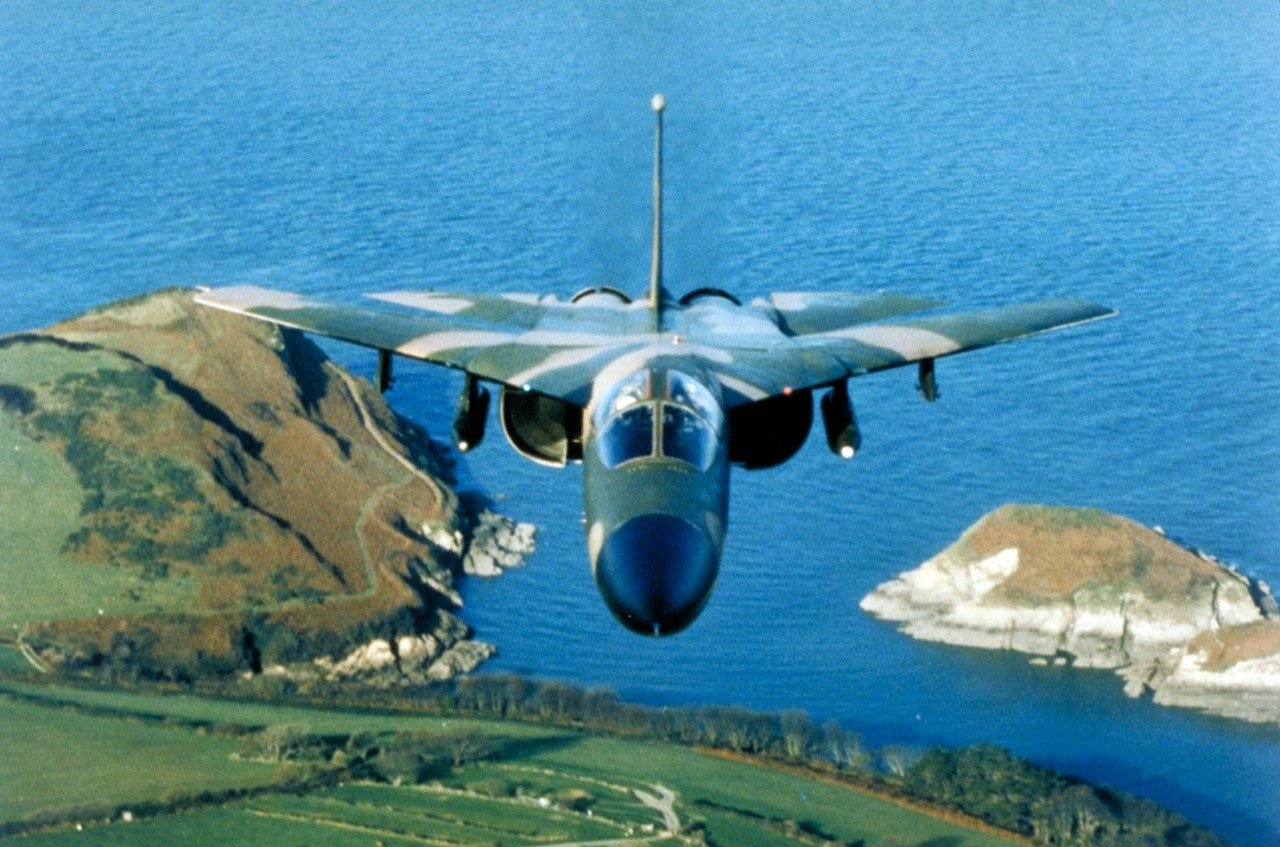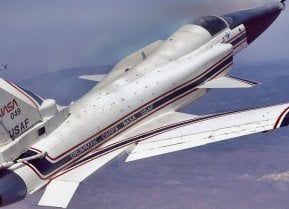The F-111 Aardvark Could Kill Anything That Moved on the Battlefield
In addition to being the first low-level supersonic airframe, the F-111 Aardvark was the first sweep-wing platform to enter production.
KEY POINT: Design flaws initially stymied the F-111’s success in combat operations and the airframe was retired by 1996. However, the Aardvarks’ legacy lives on among aviation buffs today.
One often overlooked airframe that served the U.S. Air Force for more than four decades lacks the recognition it deserves.
Besides aviation buffs, many have dismissed the F-111 legacy swing-wing American attack jet as unimpressive.
In fact, the platform did not even receive its “Aardvark” designation until the day the Air Force retired them back in the mid-1990’s.
The pioneering airframe, nicknamed for its long-nose and low-level, terrain-following abilities, flew for both the U.S. Air Force and the Royal Australian Air Force in the latter half of the twentieth century.
America’s fleet of Aardvarks flew in excess of 4,000 combat missions, causing some experts to label the platform as the “F-35 of its day.”
The F-111 Aardvark’s Origin Story
The F-111’s conception can be linked back to a 1960 incident, when an American reconnaissance plane was shot down over the former Soviet Union. The event obviously ramped up Cold War tensions and proved to the U.S. that the USSR possessed more advanced surface-to-air missiles that could reach higher altitudes.
Following this tragedy, the U.S. Air Force pivoted to develop a long-range interdiction/strike platform that would be able to penetrate the USSR’s air defenses at high speeds and very low altitudes.
In 1961, then-Secretary of Defense Robert McNamara directed the Air Force and Navy to develop a singular platform able to perform the missions required by both services. The Tactical Fighter Experimental was born out of this decision, ultimately leading to the development of the Aardvark.
F-111 Specs & Capabilities
Over the next year, manufacturing giant General Dynamics developed two Aardvark variant prototypes, the F-111A and the F-111B. Both versions hosted twin-engine and two-seat features and are powered by two Pratt & Whitney TF30 afterburning turbofan engines. The Aardvark was the first plane to use an afterburning turbofan engine, which enabled it to fly supersonically to Europe without tankers. Notably, the F-111 set a record for the longest low-altitude supersonic flight in 1966, flying around 172 miles at less than 1,000 feet altitude.

As detailed by Air Force Technology, “The USAF F-111A carried AN/APQ-110 terrain-following radar, AN/APQ-113 attack radar and air-to-ground armament.
Of the total 158 F-111As produced, 42 were converted to EF-111A Ravens and others were retired from the USAF in 1989 and mothballed at Aerospace Maintenance and Regeneration Center.” The F-111B featured a shorter nose than its sister variant and longer wingtips.

In addition to being the first low-level supersonic airframe, the F-111 Aardvark was the first sweep-wing platform to enter production. The purpose of this design is to facilitate a wing that can move in flight and modify the plane’s shape. Specifically, the F-111’s wings could sweep around 15 to 73 degrees, providing the airframe with the ability to fly at supersonic speeds or maneuver at low speeds. While the American-fighter most synonymous with the sweep-wing feature is the F-14 Tomcat, the Aardvark actually deserves the recognition for being the first airframe to feature this design.

Design flaws initially stymied the F-111’s success in combat operations, and the airframe was retired by 1996. However, the Aardvarks’ legacy lives on among aviation buffs today.
About the Author
Maya Carlin is an analyst with the Center for Security Policy and a former Anna Sobol Levy Fellow at IDC Herzliya in Israel. She has by-lines in many publications, including The National Interest, Jerusalem Post, and Times of Israel. You can follow her on Twitter: @MayaCarlin.
All images are Creative Commons.


